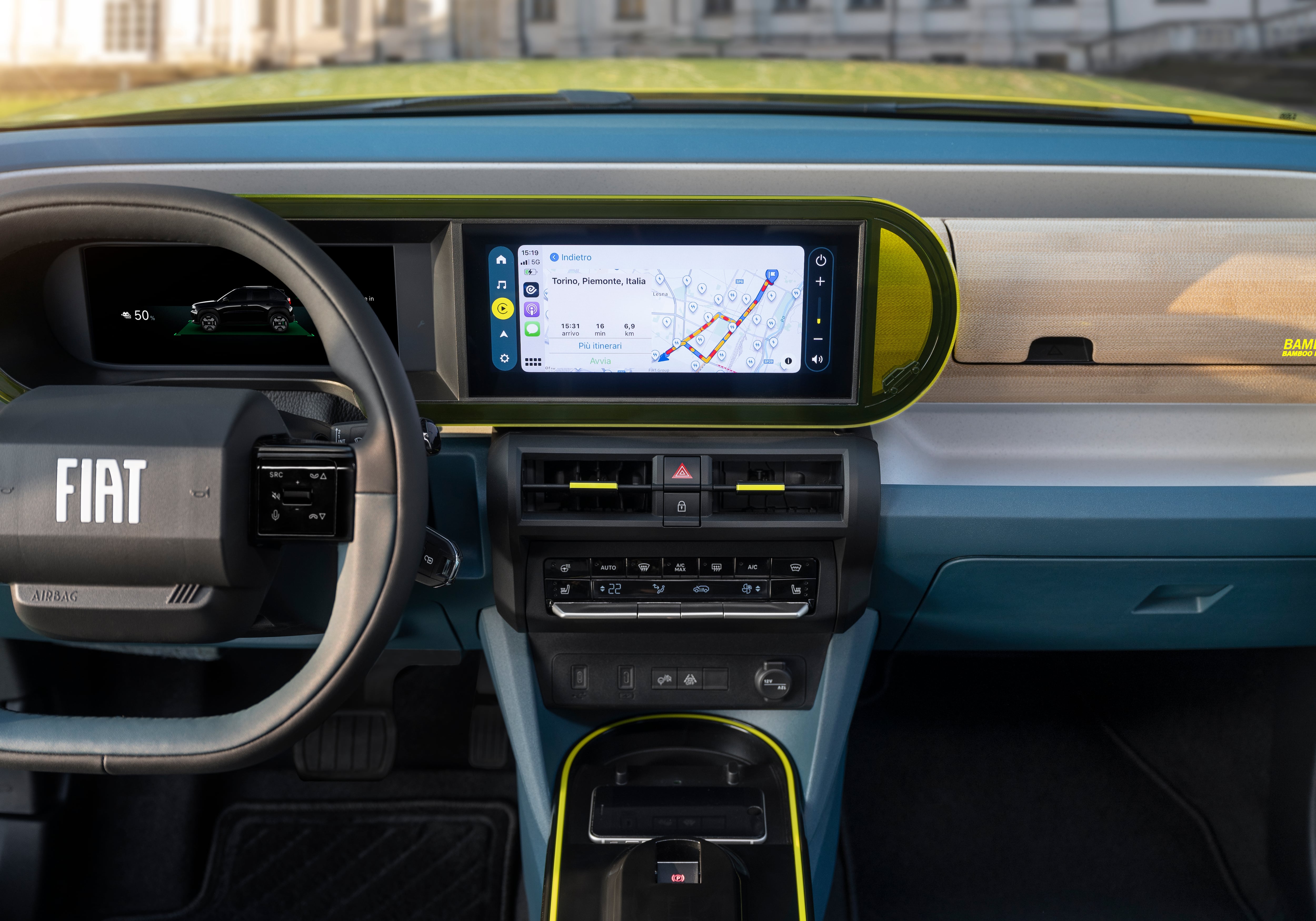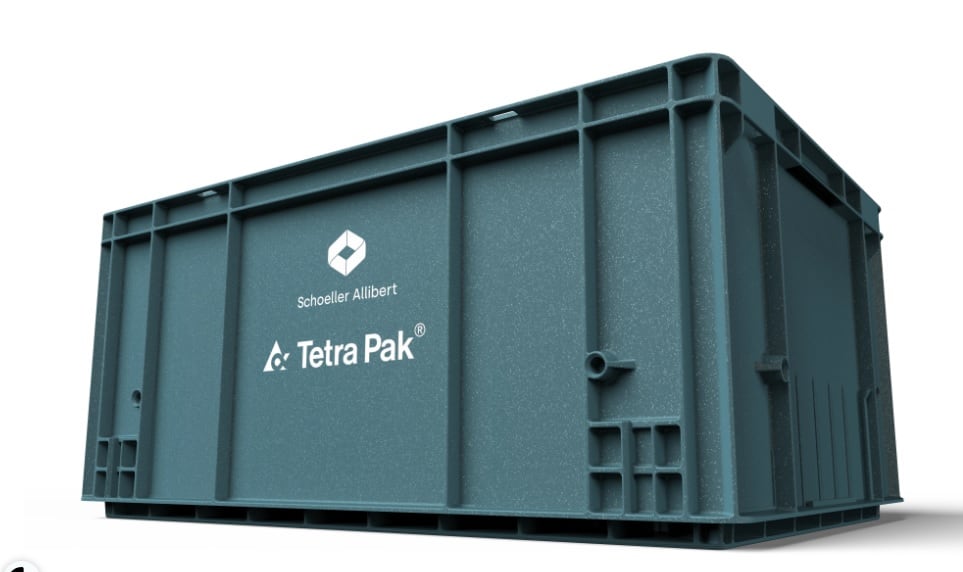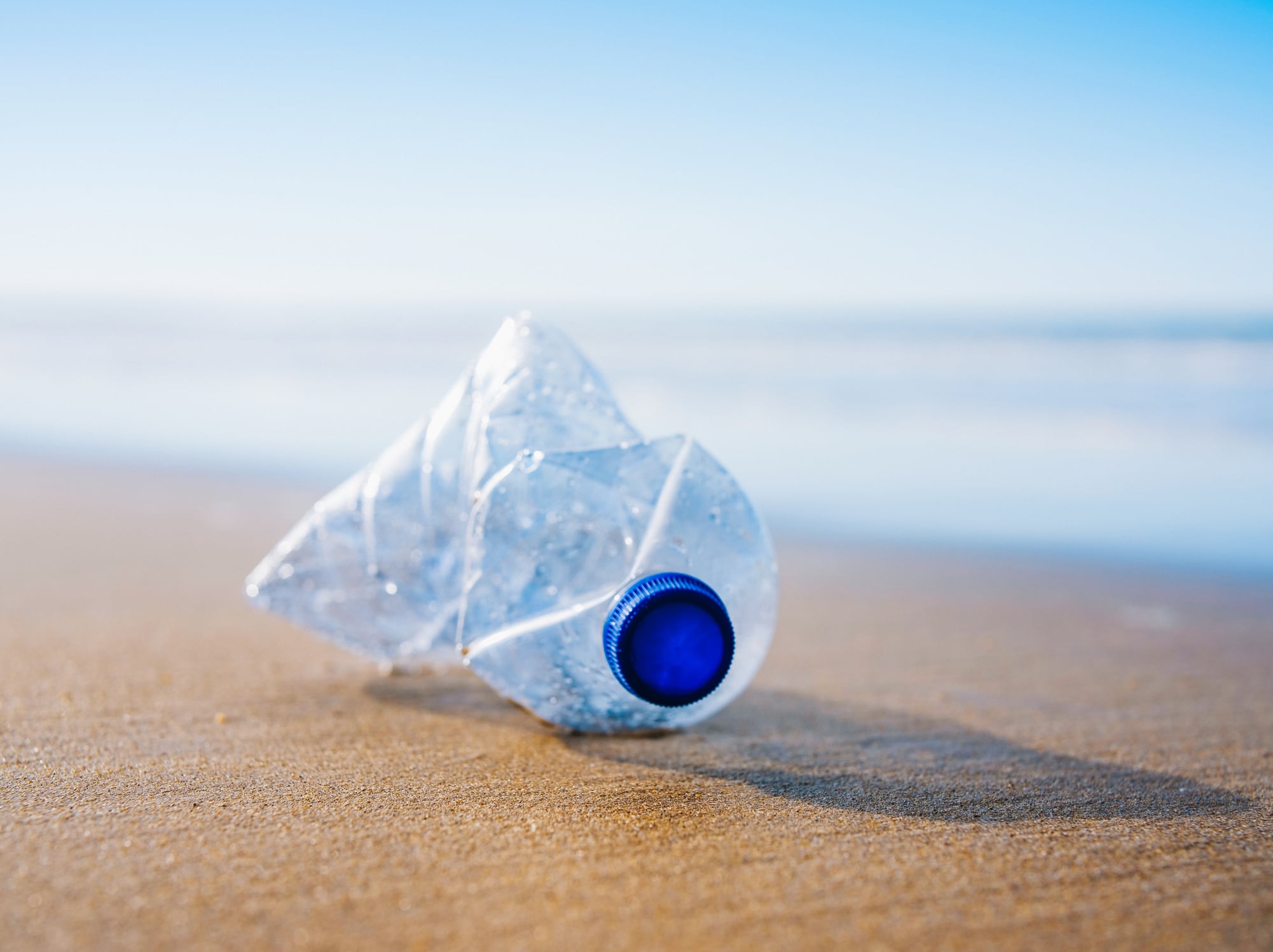In June, Italian car manufacturer Fiat made a big announcement: in an automobile industry first, a single Fiat Grande Panda now contains recycled material equivalent to 140 beverage cartons.
The recycled material comes not from the paper in cartons: but from the thin layers of polyethylene and aluminum used to line the cartons and keep the liquid inside cartons safe.
This recycled material features in the plastics of the car’s interior: specifically, the central console, dashboard, interior front and rear door panels. And what’s more, the aluminum in the recycled material creates a shimmering effect: making the material visually aesthetic and matching Fiat’s Italian flair.
It’s a neat win for both the car industry and the food and beverage industry. So how can such cross-sector collaborations be established and encouraged to flourish?
Carton giant Tetra Pak shares its learnings from the collaboration.
Carton cross-section
Use across beverages, dairy products and juice, cartons are made of - on average - 70% paperboard. But they also contain thin layers of plastic and aluminum to keep the beverages, dairy and other foodstuffs within protected and watertight, without the need for preservatives or refrigeration (typically around 25% polymers and 5% aluminum).
While recycling paperboard is easy (this can be turned into paper-based consumer products such as tablecloths, napkins and toilet paper) plastic and aluminum is more complicated. So Tetra Pak has been exploring and expanding commercial applications for this remaining ‘PolyAl’ component.
Fiat, Tetra Pak and Italian materials expert Lapo Compound teamed up to created the new polyAl based compound, called Lapolen Ecotek.
“This new opportunity for the recycled material came about because of collaboration between recyclers, and compounders like Lapo Compound to ‘think outside the box’,” explained Kinga Sieradzon, Vice President Sustainability Operations at Tetra Pak.
“Together, we explored new avenues for polyAl, finding uses that take advantage of this material’s durability and distinctive properties. For example, the shimmering effect of polyAl material may not suit some use cases, but it becomes a selling point when used for aesthetic effect, as in the Fiat Grande Panda.

“As a durable, stable, homogeneous, and high-volume material compared to many other recycled plastics, polyAl proved ideal for use in the car’s interior.
“PolyAl can be colored, which meant it could be matched to the precise shade of blue specified by Fiat, with a shimmering effect thanks to the aluminium content of the recycled material.”
Why do beverage cartons contain aluminum and plastic?
The paper layer (on average 70%) provides structural integrity and a surface for printing.
The polymer layer (on average 25%) acts as an adhesive and moisture barrier, protecting the contents from humidity.
Meanwhile, the aluminium foil layer (on average 5%) shields against light and oxygen, preventing harmful microorganisms from entering.
"All these enables aseptic cartons to play a crucial role in our food systems by ensuring the safety and quality of nutritious and highly perishable food and beverages – such as milk - by keeping products safe during transport and storage for months, without the need for preservative or energy-intensive refrigeration," explains Sieradzon.
The 3-step innovation checklist: Technical know-how; investment; market demand
The path to get the new material into Fiat cars has taken several years. And there’s three important factors to check off on day one if the innovation is to have the best chance of success.
First of all, the technical know-how is crucial. Tetra Pak has spent years looking at how the paper component can be recycled into new materials. It’s now applying these learnings to polymers and aluminum.
“Through our experience in paper recycling, we have learnt that creating value from recycled material requires the right mix of technical performance, cost-effectiveness and market demand,” said Sieradzon.
“A major part of this is considering the properties of the recycled material and what use cases it could be best suited to. In the case of polyAl, its mechanical properties, when compounded with other materials, make it suitable for use in durable applications such as transport crates.”
And, ultimately, the material has to make sense commercially.
“Pricing for the material must also be considered. The value of the end product must be economically competitive and suitable for scale, and the recycled material must be cost-effective compared to alternative materials.”

“Awareness among potential customers is also a factor,” continued Sieradzon. “When going to market with recycled materials, it is important to seek out companies that intend to switch to recycled materials, or to educate companies that have yet to consider sustainable alternatives.”
And, crucially, there has to be the right support for projects like this to even get off the ground.
“Innovation like this does not happen by chance,” said Sieradzon. “Tetra Pak invests around €100m ($116m) each year in R&D to further enhance the environmental profile of our cartons, while also working with more than 200 recycling partners worldwide to help build the infrastructure needed to collect and recycle them.”
Italian icon Fiat, meanwhile, is being pushed to think about recycled materials by European legislation.
The European Commission’s End-of-Life Vehicles Proposal aims to achieve a target of 25% of plastic used in vehicles being recycled material.
“This regulatory direction is expected to drive broader demand for recycled materials like polyAl across the automotive industry,” said Sieradzon.
The future of recycling lies not in what we discard, but in what we design, demand and build together.
By combining innovation in package design with long-term investment in recycling collaborations, we are helping to scale circular solutions that keep materials in use and open up new markets for recycled products.
Kinga Sieradzon, Vice President Sustainability Operations at Tetra Pak
Where are we driving to next?
Cynics might label the Fiat innovation as a pretty idea or publicity stunt. But Sieradzon points to the reach the project already has.
“This project demonstrates that this recycled material can now be used on a large scale by the automotive industry.
“The car is already on the market in most European countries and will be available outside Europe by the end of the next year.”
With the PolyAl formed into pellets, the new material could go anywhere next
“Scaling the use of polyAl in various industries is already in progress and is primarily driven by market demand, ” said Sieradzon. “For example, pallets made with recycled polyAl are already produced at scale: while creates have shown strong potential through successful pilot projects. These kind of applications illustrate both current commercial viability and promising future opportunities in other sectors.
“The secret to expanding further lies in collaboration and in breaking into new markets where polyAl’s properties add value. Our collaboration with Lapo Compound and Fiat, for example, is the first time polyAl has found an application in automotive.
“Each new use case raises broader awareness of recycled material for large-scale, commercially viable goods, pointing the way to using recycled materials in other automative components and other sectors.
“Expanding the application of recycled materials and enhancing their value, can positively impact recyclers’ profitability.
“Growing demand is set to have a positive impact on the commercial viability of recycled material, which we hope will create a virtuous circle of increased supply and therefore more attractive pricing, leading to further demand.”



